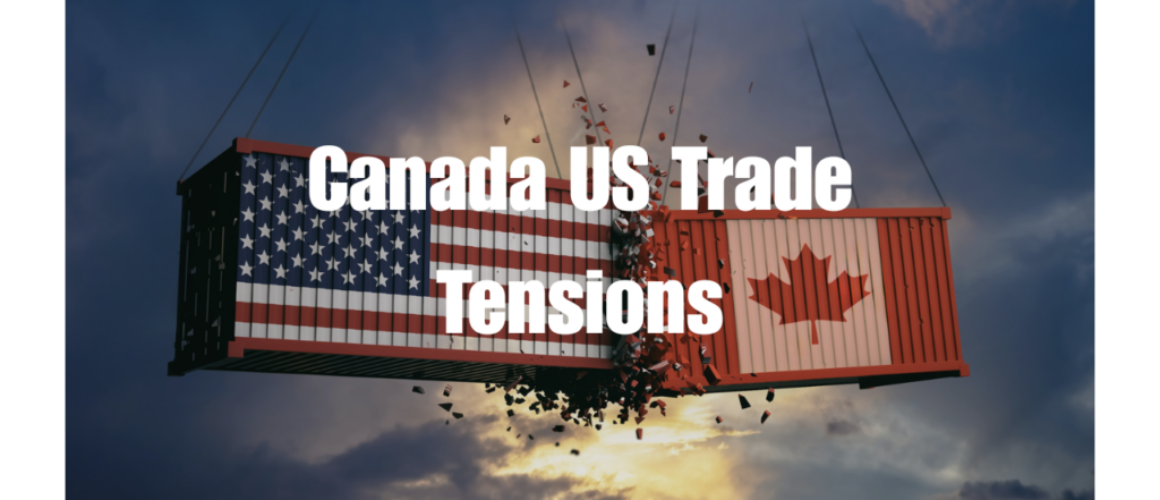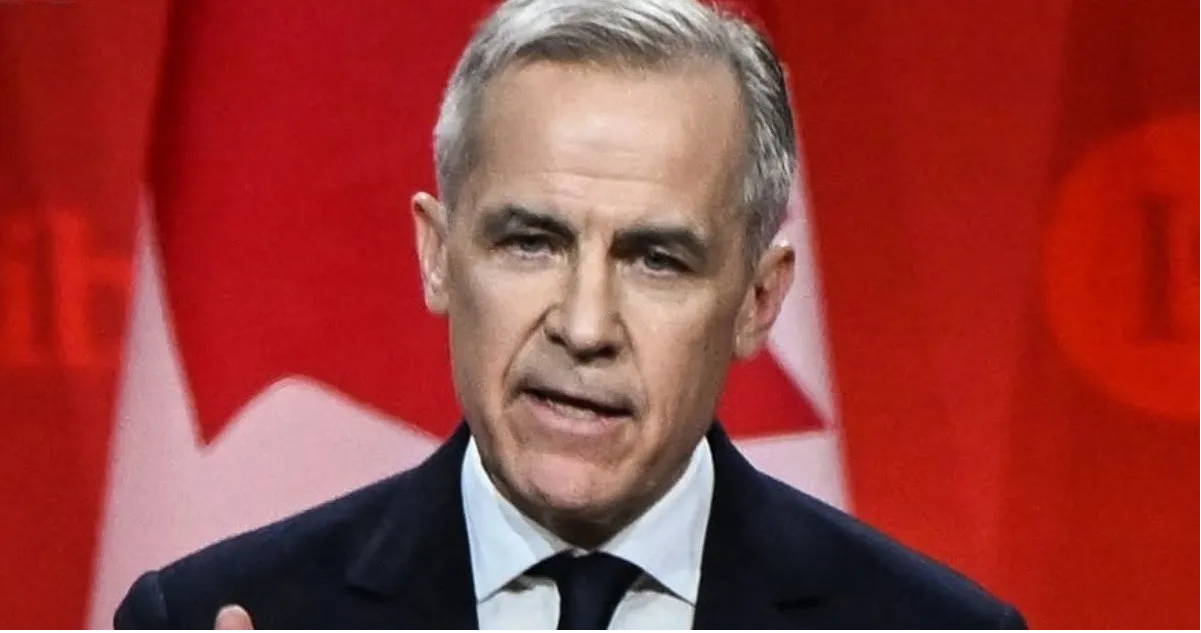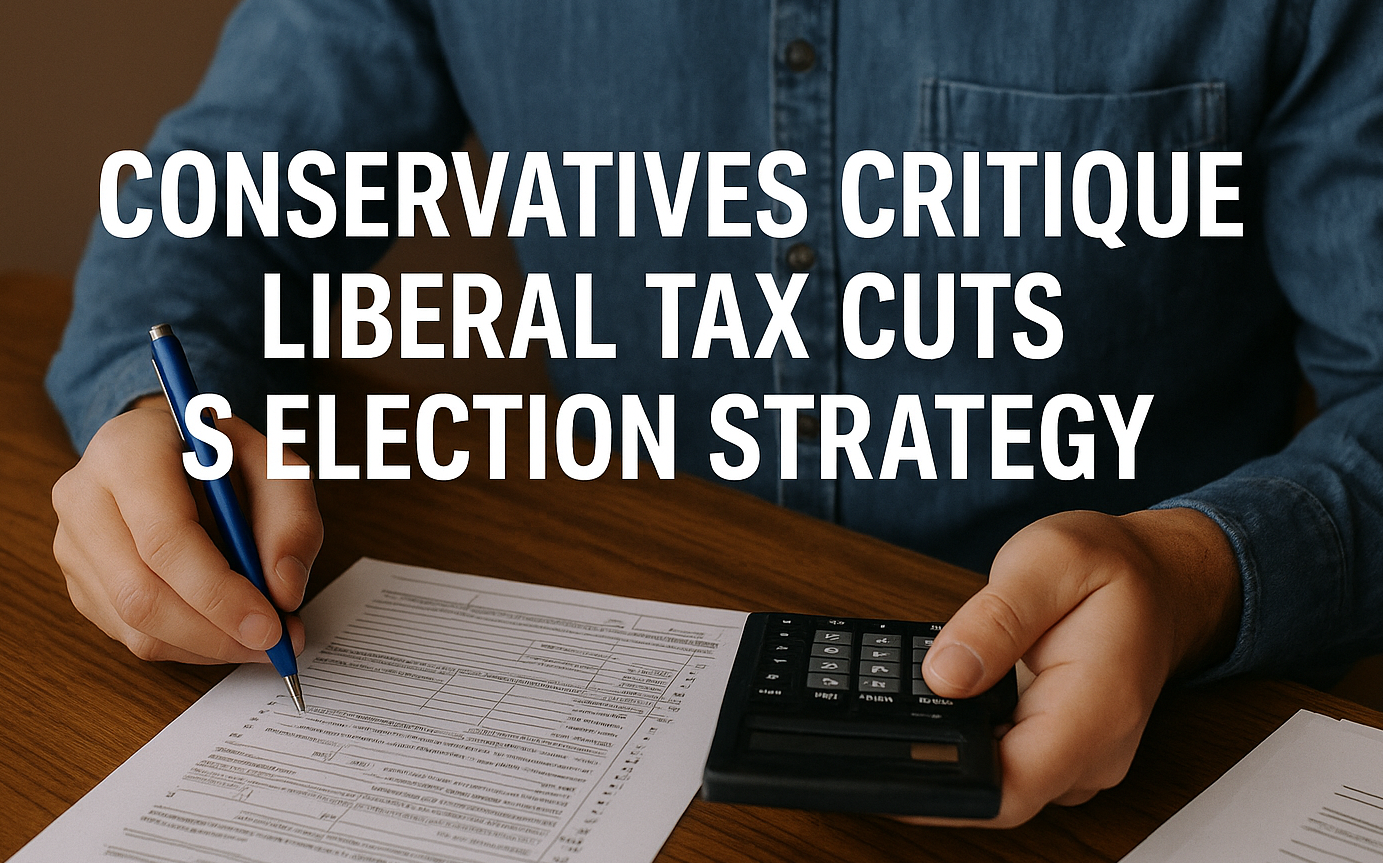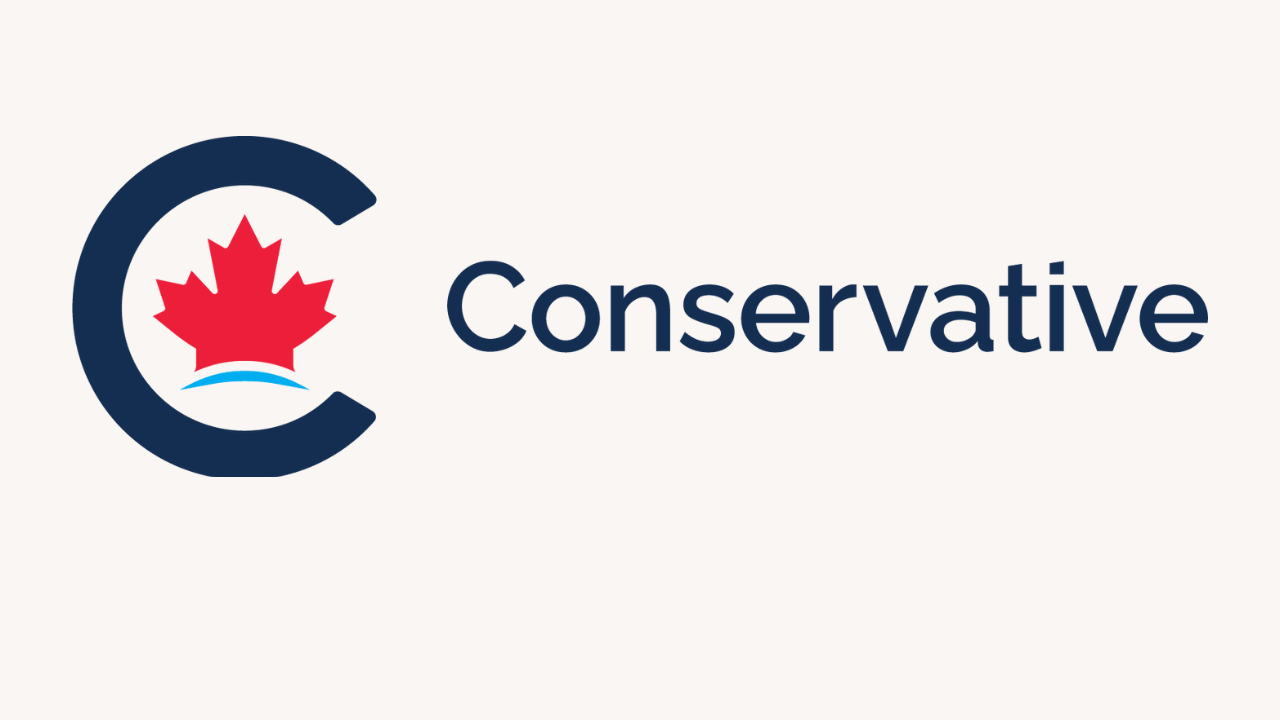The U.S.-Canada Trade Tensions: Implications for Canada’s Economy

The U.S. and Canada share the world’s longest undefended border and one of its most integrated trade relationships. Yet, beneath the surface of diplomatic smiles, trade tensions between the two nations are simmering once again. Recent protectionist shifts in U.S. policy—particularly under the “America First” resurgence driven by a revitalized Republican front—have placed Canada in a precarious position.
In an era marked by supply chain nationalism, green subsidies, and soft tariffs disguised as domestic incentives, Canada finds itself fighting to maintain market access, economic sovereignty, and sectoral competitiveness. The implications stretch beyond economics; they affect national identity, industrial policy, and geopolitical positioning.
Historical Context: Trade Ties That Bind
Since the signing of NAFTA in 1994 and its replacement, the USMCA (or CUSMA in Canada), the two nations have enjoyed largely seamless trade integration. Over 75% of Canadian exports still go to the United States, making Canada’s economy highly sensitive to policy changes south of the border.
However, this dependency has repeatedly turned into vulnerability:
-
The softwood lumber dispute, unresolved for decades, periodically punishes Canadian forestry.
-
Automotive rules of origin under USMCA have added pressure to Canada’s manufacturing sector.
-
Recent Buy American policies prioritize U.S.-based producers for federal procurement, leaving Canadian firms locked out of major deals.
These frictions, once episodic, are now systemic.
The New Flashpoints: 2024–2025
Several specific policies and moves have rekindled trade tensions in the past year:
-
EV Tax Credit Exclusions: The U.S. Inflation Reduction Act offers up to $7,500 in tax credits for electric vehicles—but only if they’re assembled in the U.S. or made with U.S.-sourced critical minerals. Canadian auto plants in Ontario are now at a disadvantage despite deep integration in the North American supply chain.
-
Agricultural Disputes: New labeling laws in the U.S. on dairy and meat products have been criticized by Canada as non-tariff barriers that violate USMCA standards.
-
Green Tech Subsidy Wars: With both countries competing for clean tech investments, Canada faces pressure to match U.S. incentives dollar for dollar—an unsustainable race given its smaller fiscal base.
Economic Impact on Canadian Industries
The ripple effects of these tensions are already visible:
-
Manufacturing: Exporters in Ontario and Quebec are reassessing their exposure to U.S. policy shifts. Many are pushing for regional diversification—looking to Europe and Asia.
-
Energy Sector: With U.S. subsidies flooding domestic renewables, Canadian clean energy firms are struggling to remain price-competitive—even at home.
-
Small Businesses: SMEs relying on cross-border supply chains are absorbing added compliance and legal costs, which they often cannot pass on to customers.
According to a recent Bank of Canada survey, 45% of Canadian exporters expect “significant disruption” over the next 12 months due to shifting U.S. policies.
Canada’s Strategic Response: From Reactive to Proactive
In response, Ottawa has unveiled a three-tiered approach:
-
Diversification Strategy: New trade pacts, like the Indo-Pacific Economic Framework (IPEF), and the expansion of the Canada-EU CETA agreement are aimed at reducing overdependence on the U.S.
-
Domestic Subsidy Matching: Budget 2025 included $17 billion in clean tech tax incentives—Canada’s answer to U.S. industrial policy. However, critics argue this is fiscally risky and lacks long-term vision.
-
Bilateral Diplomacy Reset: Canadian trade officials are advocating for sector-specific exemptions in key areas like EVs and agriculture. Prime Minister Mark Carney’s prior ties with global finance institutions may assist in rebuilding trust with U.S. counterparts.
Still, the response is largely seen as reactive—more about survival than strategy.
Looking Ahead: Can Canada Redefine Its Trade Future?
The broader question facing Canadian policymakers is this: should Canada continue betting on U.S. goodwill, or boldly pivot toward strategic autonomy?
Some analysts argue Canada must:
-
Reimagine its trade footprint with emerging economies (India, Southeast Asia, Africa).
-
Invest in homegrown manufacturing and energy security.
-
Enhance domestic resilience in sectors most vulnerable to U.S. political cycles.
However, this will require not just policy tweaks, but a fundamental rethinking of Canada’s economic model and national priorities.
Conclusion
U.S.-Canada trade tensions may seem like déjà vu, but today’s context is different. These aren’t disputes over tariffs or quotas alone—they’re about ideology, climate, technology, and the future of sovereignty in a multipolar world.
For Canada, the challenge now is not just how to react—but how to lead.




